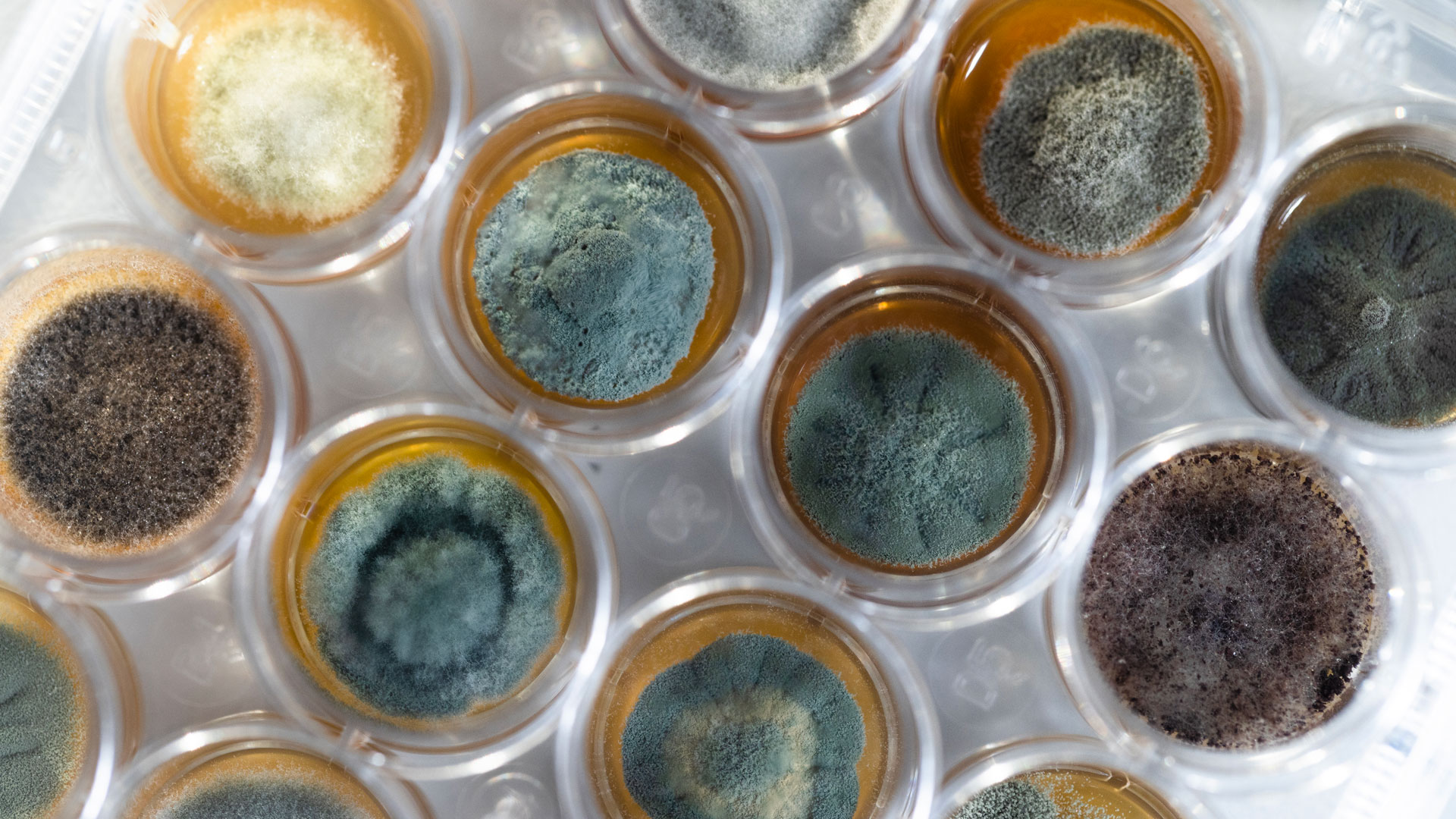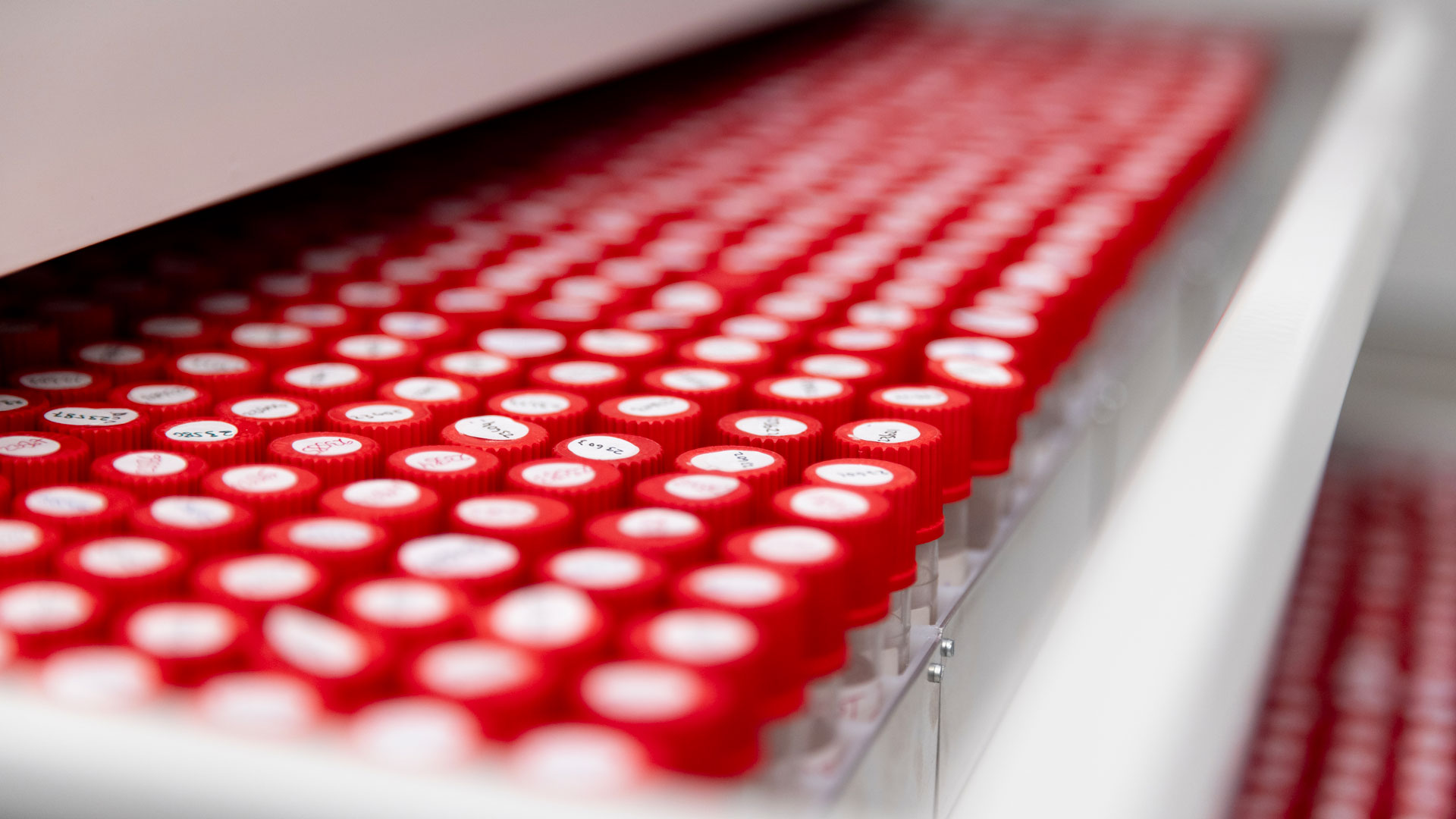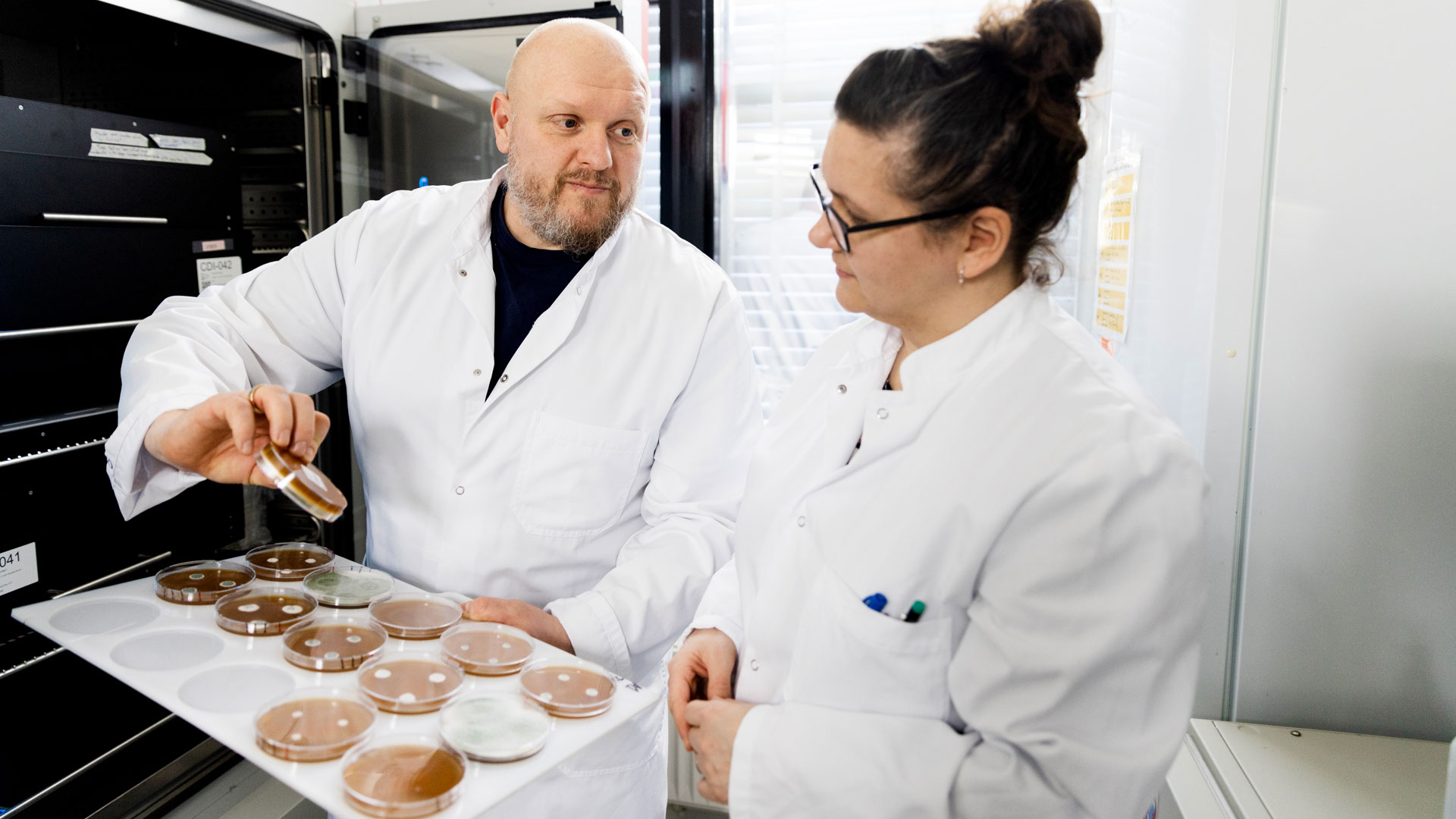Biotechnology
Nature's substances to replace pesticides
DTU helps large international company find nature’s own substances to combat fungal diseases in crops. The University's large collection of mould fungi and a minor collection of bacteria are part of the project - and one of them might hold the solution.

Exploring fungi has great potential, and perhaps we can find substances that can be used for disease control in agriculture.
Pesticide use must be halved
Finding alternatives to chemical-based pesticides is urgent as the EU is proposing a halving of the member states’ use by 2030 and a complete ban in sensitive areas.
But pesticides have - despite their bad reputation - ensured that crop yields are not destroyed by plant diseases and insects. According to a memo from Aarhus University, phasing out pesticides will result in significant production losses, and a total phase-out will cause an average decrease in grain yields of 23 per cent as well as large losses - up to 50 per cent - in sugar beet and potato production.
With increasing global food demand, we need to find other ways of securing good crop yields to realize a green transition of plant breeding that does not require including more land for growing crops and thus emitting more CO2.

Preparing fungi collection for robots
So how do you examine 38,400 mould fungi isolates? Right now, there is only one, slow method; the handheld one, says Niels Bjerg Jensen, a project manager on the project and liaison to FMC. But as a key part of the SABS project, DTU's entire fungi collection will be ‘modernized’, so we can avoid the handheld part in the future and use robots to screen the collection instead.
The modernization entails two laboratory technicians currently retrieving the isolates from the basement and unscrewing the red lid, one by one, to pipette spores from the fungus and transfer them to an agar plate where they can grow in the laboratory. After 8-10 days, the laboratory technicians can harvest the fresh spores and transfer them to a plastic tray with 24 holes (or wells, as they are actually called) where each well houses its own fungal isolate.
Then the robot takes over and eventually transfers the fungi to a plastic tray with 96 wells. Now the format of the fungi fits into the automated process where a robot can pipette spores from 96 fungi at once.
“In the future, this means we will be able to screen approx. 100 times more mould fungi at a time when we search for an organism to help us,” says Niels Bjerg Jensen, who explains that the fungal collection in the new robot-friendly format will be stored at minus 80°C, so that the isolates can be retrieved again and again for future screenings.
High-throughput laboratories
The automated process, where the slow and handheld pipetting is skipped, means that both speed and amount of data increase tremendously. It is a trend that is seen worldwide called high-throughput laboratories.
“It is evident from the biotechnology research articles around the world that the data sets are getting bigger and bigger. Just a few years ago, it was normal for a data set to consist of perhaps a dozen microorganisms. Now it is possible to include hundreds of microorganisms,” says Rasmus John Nordmand Frandsen.
It also places demands on the staffing of biotechnology laboratories, which now also have a need for profiles that can program robots and build data warehouses to structure the huge amounts of biological data.
As the screenings of the fungi at DTU generate data, it will also be possible to utilize artificial intelligence in the screenings of the fungi.
“Artificial intelligence can find connections and patterns on huge amounts of data that humans simply cannot survey, and it can facilitate faster identification of fungi that have the potential to help us,” says Rasmus John Nordmand Frandsen.

Promising fungi discovered
In the SABS project, DTU has already screened and identified some promising fungi that were able to produce the coveted bioactive substances in the laboratory. The candidates have been delivered to FMC for further investigation. If the promising results continue, the next step is to test the substances under controlled conditions in field experiments where grain is grown using the natural fungicides.
For FMC, the project forms an opportunity to develop solutions that meet the needs of agriculture for completing a green transition.
“Biopesticides provide new methods for combating plant diseases and help prolonging the usefulness of existing chemistry. They are a sustainable tool that both meets the plant growers’ need for new solutions and counteracts resistance, which helps extending the life of chemical active substances as well as protects the environment,” says Burghard Liebmann, Plant Health Director R&D at FMC’s European Innovation Center in Hørsholm, Denmark. He elaborates:
“FMC is excited about the collaboration with DTU in the SABS project. We benefit from DTU Bioengineering's large and diverse collection of microorganisms. DTU's expertise in microbiology, genomics, metabolism, automation, and artificial intelligence is valuable to the project.”
The SABS project is funded by Innovation Fund Denmark's Grand Solutions programme with DKK 26 million and runs until 2024.
Contact
Rasmus John Normand Frandsen Associate Professor Department of Biotechnology and Biomedicine Phone: +45 45252708 Mobile: 2251 1435 rasf@bio.dtu.dk
Niels Bjerg Jensen Guest Project leader Department of Biotechnology and Biomedicine nbje@dtu.dk